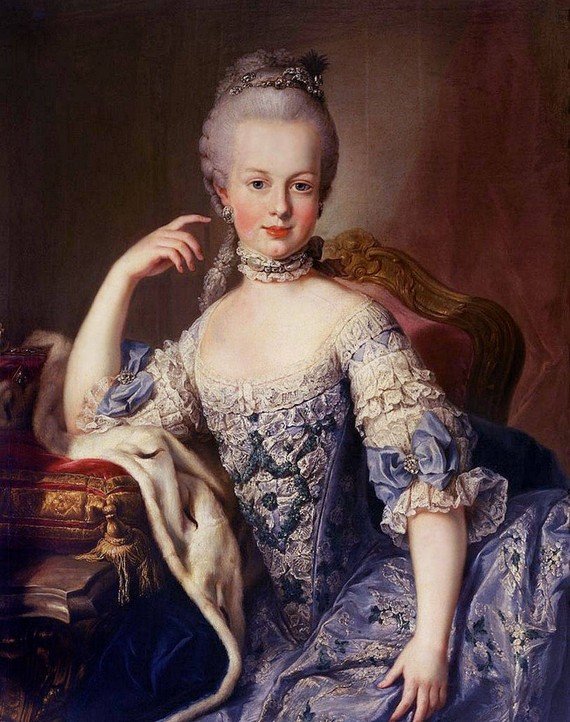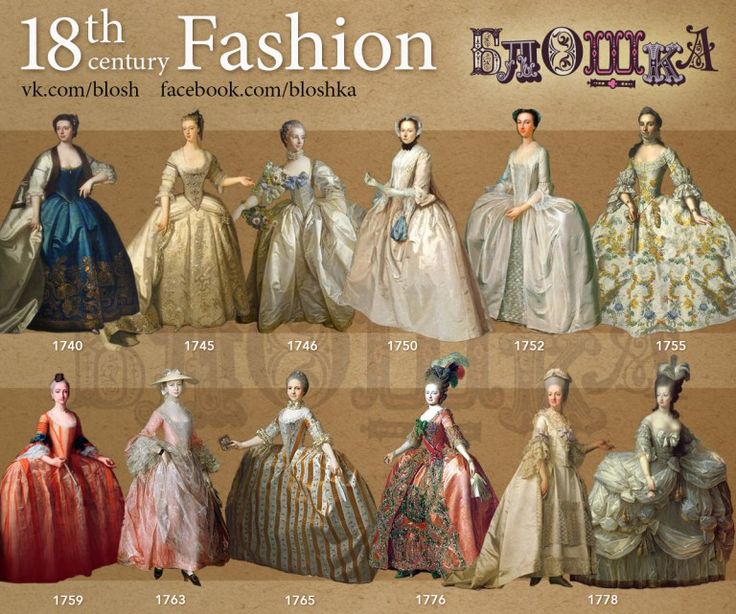Dangerous Styles: The Most Lethal Fashion Trends of the Georgian Era
In the Georgian Era, fashion was not just a reflection of beauty, elegance, or status—it was also a deadly game that people played for social approval. From toxic makeup to tight corsets that crushed internal organs, the pursuit of beauty often came with severe health risks. This article delves into some of the most dangerous fashion trends of the 18th century, revealing how fashion in the Georgian era was not only extravagant but also perilous.
The Risks of Corsets and Tight Lacing

One of the most infamous fashion statements of the Georgian era was the corset. These tightly laced garments were designed to create an hourglass figure by constricting the waist. However, the consequences of wearing corsets extended far beyond a narrow waistline.
Health Consequences of Tight Lacing:
- Compressed ribs and displaced organs: Corsets reshaped women’s bodies, often causing ribs to compress and organs to shift. This unnatural pressure could lead to chronic pain, difficulty breathing, and digestive problems.
- Permanent deformities: Over time, tight lacing could lead to deformed rib cages, making it difficult for women to breathe deeply, even when the corset was removed.
- Fainting spells: The practice of tightening corsets to extremes restricted blood flow, leading to frequent fainting. As a result, fainting couches became a common piece of furniture in Georgian households.
“Corsets were more than just a fashion statement. They symbolized social status, but at the cost of physical well-being.” – Historian Sarah Bendall on Georgian fashion trends.
While corsets were seen as an essential component of high society fashion, their harmful effects on women’s health were largely ignored during this era, as beauty was prioritized over comfort.
Toxic Makeup and Lead Poisoning
In the 18th century, white skin was synonymous with beauty and status, and women of the Georgian elite often used makeup made from toxic substances like lead to achieve this look. The most notorious cosmetic product of the time was ceruse, a lead-based powder that gave women the desired pale complexion.
Lead Poisoning and Its Effects:
- Hair loss: One of the first signs of lead poisoning was hair loss. Many Georgian women experienced thinning hair or bald patches as a result of their prolonged use of ceruse.
- Skin deterioration: Over time, lead in makeup caused skin to deteriorate, creating sores and blemishes. Ironically, these women would often apply even more makeup to cover up the damage, exacerbating the problem.
- Serious health risks: Lead poisoning could result in organ failure, cognitive decline, and in severe cases, death. The cumulative effect of toxic cosmetics on women’s health in the Georgian era was staggering.
Despite the well-documented risks, lead-based makeup continued to be a staple in Georgian beauty routines, driven by societal pressure to conform to beauty standards of the time.
Hazardous Hairstyles and Towering Wigs
Wigs were another significant fashion statement during the Georgian period. Made from human hair, horsehair, and wool, these towering wigs were often heavily powdered and styled to incredible heights. But beyond the aesthetic, these elaborate hairstyles posed several risks.
Fire Hazards and Hygiene Issues:
- Highly flammable: Wigs were often treated with powders made from flammable materials like starch. Given the prevalence of open flames in Georgian homes, it was not uncommon for wigs to catch fire, leading to fatal accidents.
- Lice and other pests: The sheer size and complexity of these wigs made them difficult to clean. As a result, they often became breeding grounds for lice and other parasites.
- Neck strain: The weight of these elaborate wigs put tremendous strain on the neck and spine, leading to muscle fatigue and headaches.
Despite these risks, wigs remained an essential aspect of Georgian high society, especially among men. King George III, for example, was known for his elaborate wigs, which set the standard for aristocratic fashion at the time.
Dangerous Materials in Clothing and Accessories
Beyond corsets and wigs, the materials used in Georgian fashion also posed serious health risks. Dyes, fabrics, and accessories often contained toxic substances that could cause harm with prolonged exposure.
Toxic Fabrics and Dyes:
- Arsenic-laced fabrics: Vibrant green dresses were particularly popular during the Georgian era. Unfortunately, these dresses were often dyed with arsenic, a toxic substance that could be absorbed through the skin. Long-term exposure to arsenic led to a variety of health issues, including skin irritation and cancer.
- Hazardous dyes: Many textile dyes used during this period were made from toxic chemicals, such as mercury and lead. Wearing these materials for extended periods could cause poisoning or severe skin conditions.
In addition to the use of dangerous fabrics, accessories like bonnets and brooches were often made with heavy metals or treated with poisonous compounds. The price of high fashion in the Georgian era was not only monetary but often came at the cost of one’s health.
Social Expectations and Deadly Fashion Choices
Fashion during the Georgian era was heavily influenced by social class and status. People of the upper class were expected to follow the latest fashion trends, even if it meant putting their health at risk.
Beauty as a Status Symbol:
- Fashion as social currency: For women, dressing according to the standards of the time was a way to display wealth and social standing. The more extravagant and expensive the outfit, the higher one’s perceived status.
- Pressure to conform: Women were often forced to wear tight corsets, heavy wigs, and toxic makeup to adhere to the beauty standards of the era. Failure to conform to these standards could result in social ostracism.
This pressure to conform led to a cycle of dangerous fashion trends that prioritized appearance over health. The pursuit of beauty and status often meant wearing harmful garments and accessories that could have long-term physical consequences.
Long-Term Health Consequences of Georgian Fashion

The dangerous fashion trends of the Georgian period didn’t just have short-term effects. Many individuals who followed these trends experienced long-term health problems.
Lasting Physical Damage:
- Permanent rib deformation: Women who wore corsets from a young age often developed permanent rib deformations, making it difficult for them to breathe properly even after they stopped wearing corsets.
- Chronic illnesses: Long-term exposure to lead-based makeup and arsenic-laced fabrics resulted in chronic health issues, including respiratory problems, kidney damage, and neurological disorders.
These lasting effects serve as a reminder of the high price paid for fashion during the Georgian era, where the pursuit of beauty often led to lifelong suffering.
Notable Figures and Their Dangerous Fashion Choices
Several well-known figures of the Georgian era were trendsetters who embraced these dangerous fashion practices.
| Name | Contribution to Fashion | Notable Style Choices |
|---|---|---|
| Marie Antoinette | Popularized towering wigs and elaborate gowns | Known for her extravagant hairpieces |
| King George III | Set the trend for powdered wigs among the aristocracy | Frequently wore heavy, high wigs |
| Georgiana Cavendish | Famous for her tight-laced corsets and bold makeup | Embraced extreme fashion trends despite health risks |
These individuals played a significant role in shaping the fashion trends of the Georgian era, even though their choices often came with dangerous consequences.
Comparing Georgian Fashion Trends to Modern Safety Standards
In today’s world, fashion has evolved to prioritize both style and safety. Modern clothing is designed with comfort and health in mind, and regulations have been put in place to prevent the use of toxic substances in fabrics and cosmetics.
The Evolution of Fashion Safety:
- Comfort over appearance: In contrast to the Georgian era, modern fashion prioritizes wearer comfort and practicality. The use of corsets, wigs, and toxic makeup is now rare, with many designers focusing on creating garments that allow freedom of movement and breathability.
- Safety regulations: Today, government regulations ensure that harmful chemicals are not used in cosmetics or fabrics. These regulations protect consumers from the kinds of health risks that were commonplace in the 18th century.
The Price of Beauty in the Georgian Era
The Georgian era was a time when fashion was a symbol of status, power, and beauty—but it came with a high price. From tight corsets that deformed the body to toxic makeup that slowly poisoned the wearer, the pursuit of beauty in the 18th century often led to pain, suffering, and in some cases, death.
Though fashion has since evolved, the legacy of these dangerous trends still lingers in history, reminding us of the perils that can come with following beauty standards blindly.
Meta Description: Discover the dangerous fashion trends of the Georgian era, where beauty came with a high price. From toxic makeup to corsets, explore the risks of 18th-century style.
References:
https://en.wikipedia.org/wiki/Corset
https://en.wikipedia.org/wiki/Marie_Antoinette






